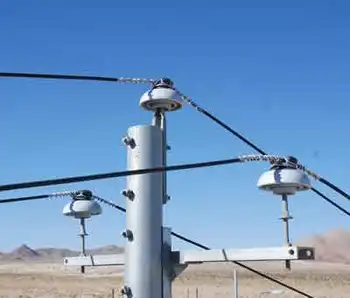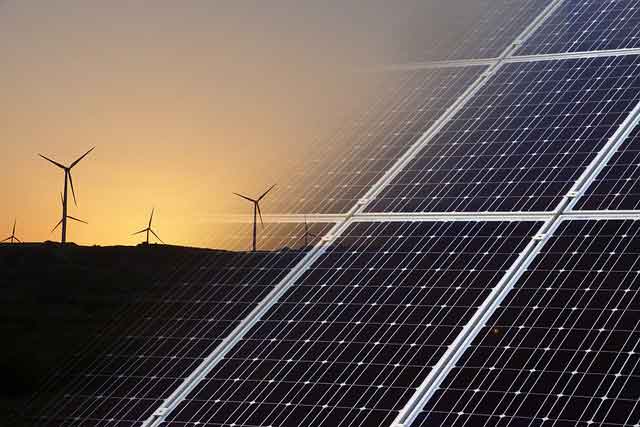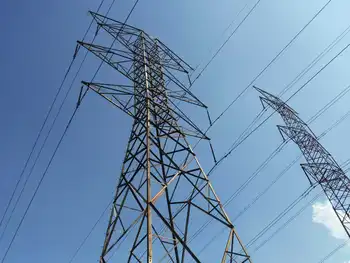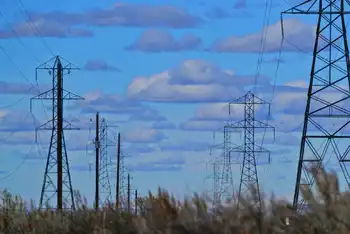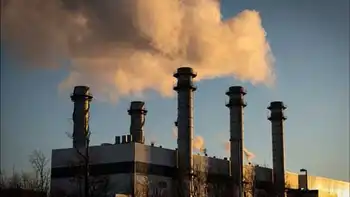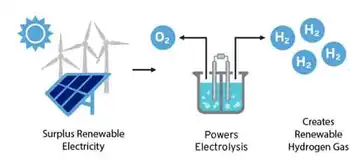Duke Energy sees nuclear, coal power growth
By Reuters
NFPA 70b Training - Electrical Maintenance
Our customized live online or in‑person group training can be delivered to your staff at your location.

- Live Online
- 12 hours Instructor-led
- Group Training Available
"I know we are going to live in a carbon-constrained world in the future, and we need to plan accordingly," James Rogers said in an interview during the World Economic Forum meeting.
Duke Energy will spend $50 million a year on energy efficiency, including tools to capture and store carbon dioxide (CO2) emitted during power generation, Rogers told Reuters after participating in a panel discussion on environmental regulations.
The Charlotte-based company, which reported net profits of $763 million in the third quarter of 2006, was among 10 U.S. corporate giants which recently pressed President George Bush to act more aggressively to fight climate change.
Rogers said Duke is looking to build super-modern coal facilities in Indiana and North Carolina, and is working with Southern Co. to build a $6 billion nuclear plant in Cherokee County, South Carolina.
He said he believed tools to collect heat-trapping carbon before it is emitted into the atmosphere - contributing to global warming and resultant natural disasters - would soon be ready for widespread use.
"Over time this carbon capture and storage will become effective technology, so you need to make sure to build plants that can hook them up," he said. "We don't know for sure (what the new technology will look like) so there is a little bit of faith."
Nuclear energy - which Rogers called "almost the perfect choice" because it has no carbon emissions - will become increasingly relied upon in the United States, although likely not for a decade or more, he said.
Though Bush did not in his State of the Union speech move to mandate federal caps on emissions, as some businesses had called for, Rogers said Duke would continue to diversify toward cleaner energy sources in expectation of future carbon restrictions.
"We need energy efficiency, we need clean coal, we need nuclear, we need renewables, we need all these things to serve our customers," he said. "I have a responsibility to reduce my emissions of CO2, and I think I can do it with this blend of products."





